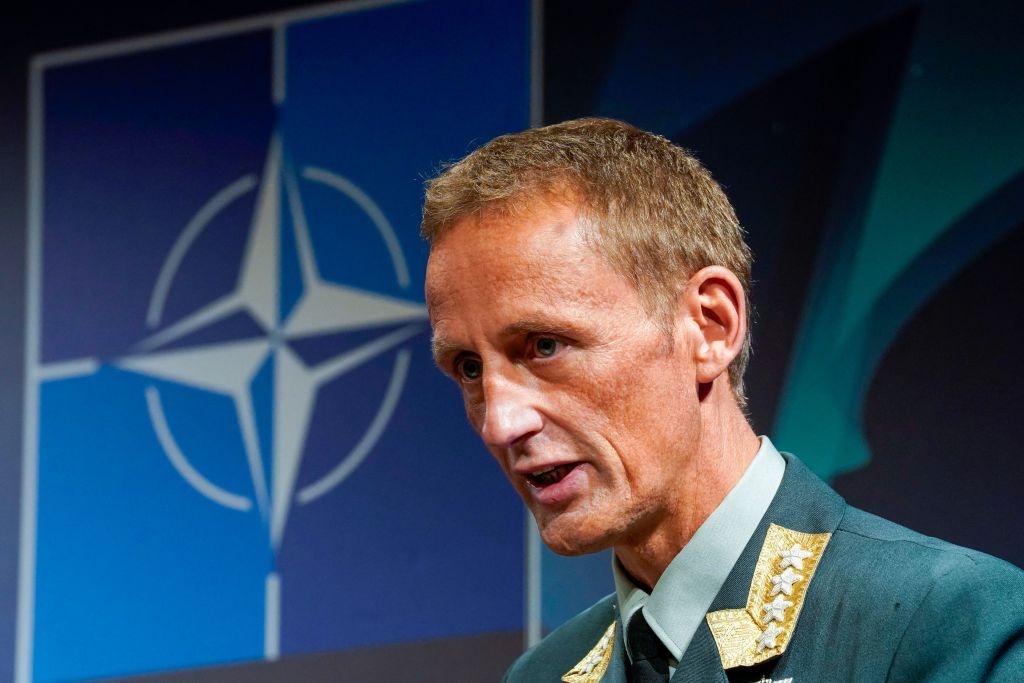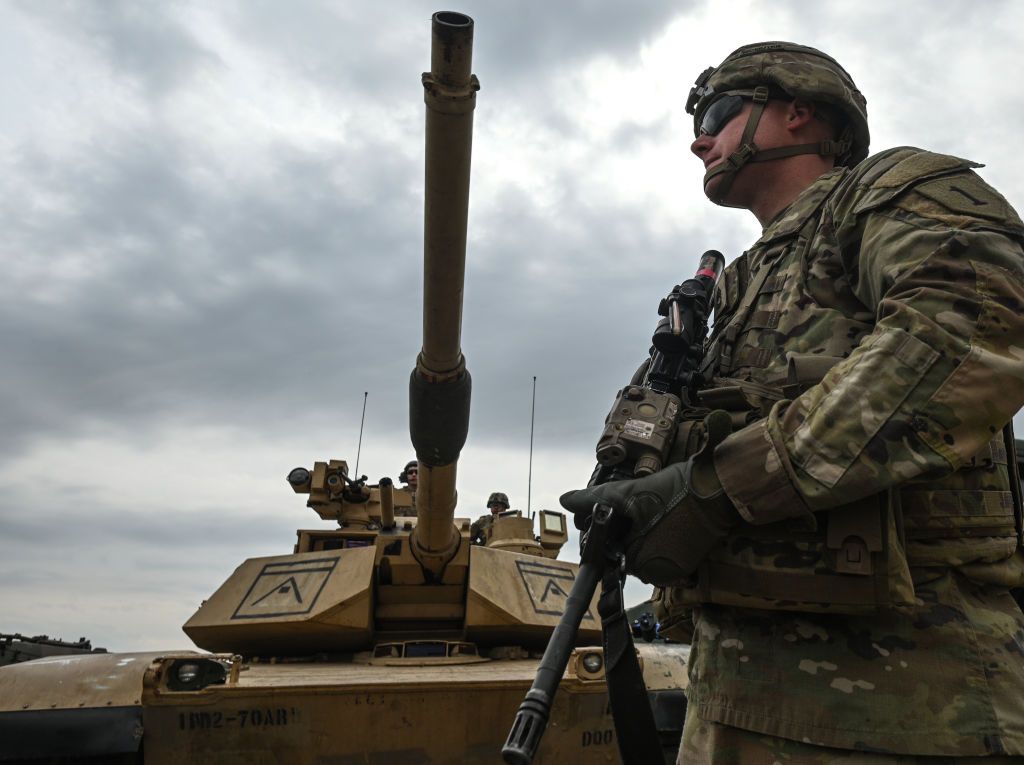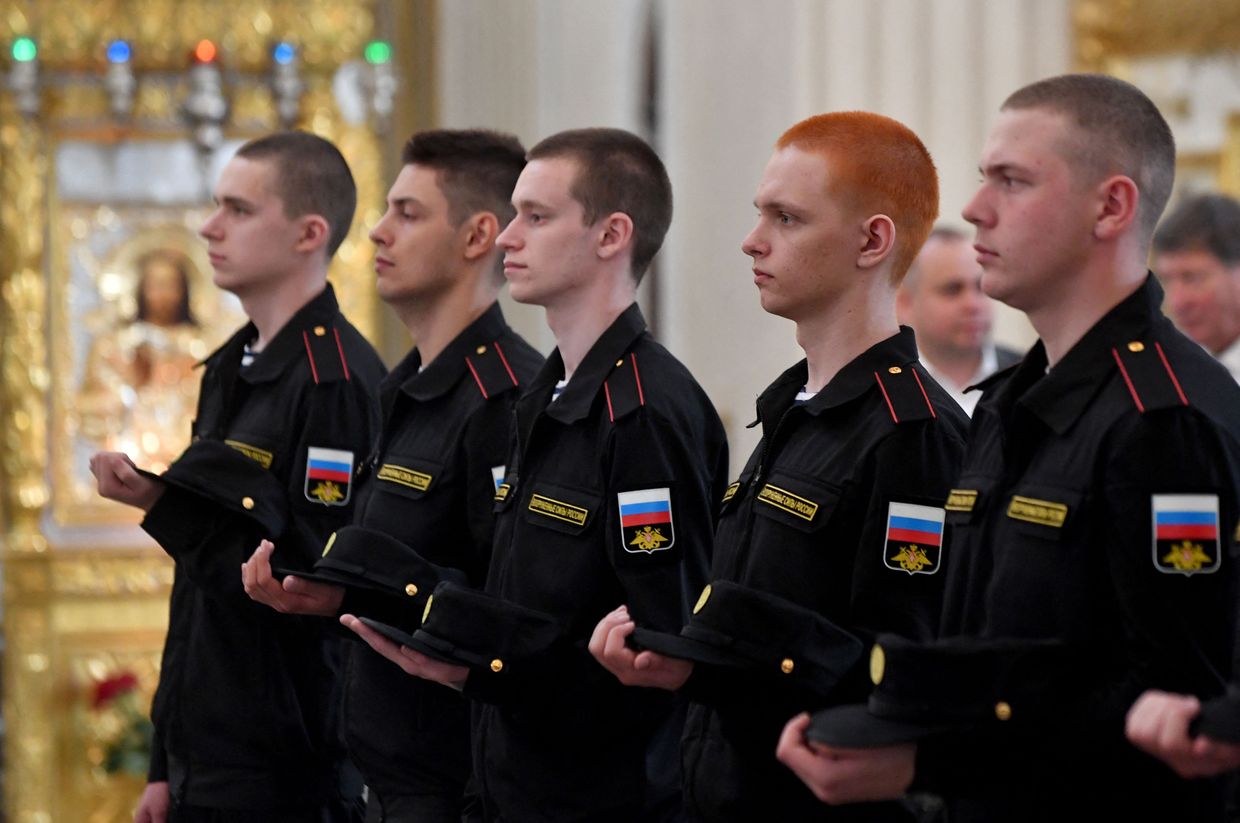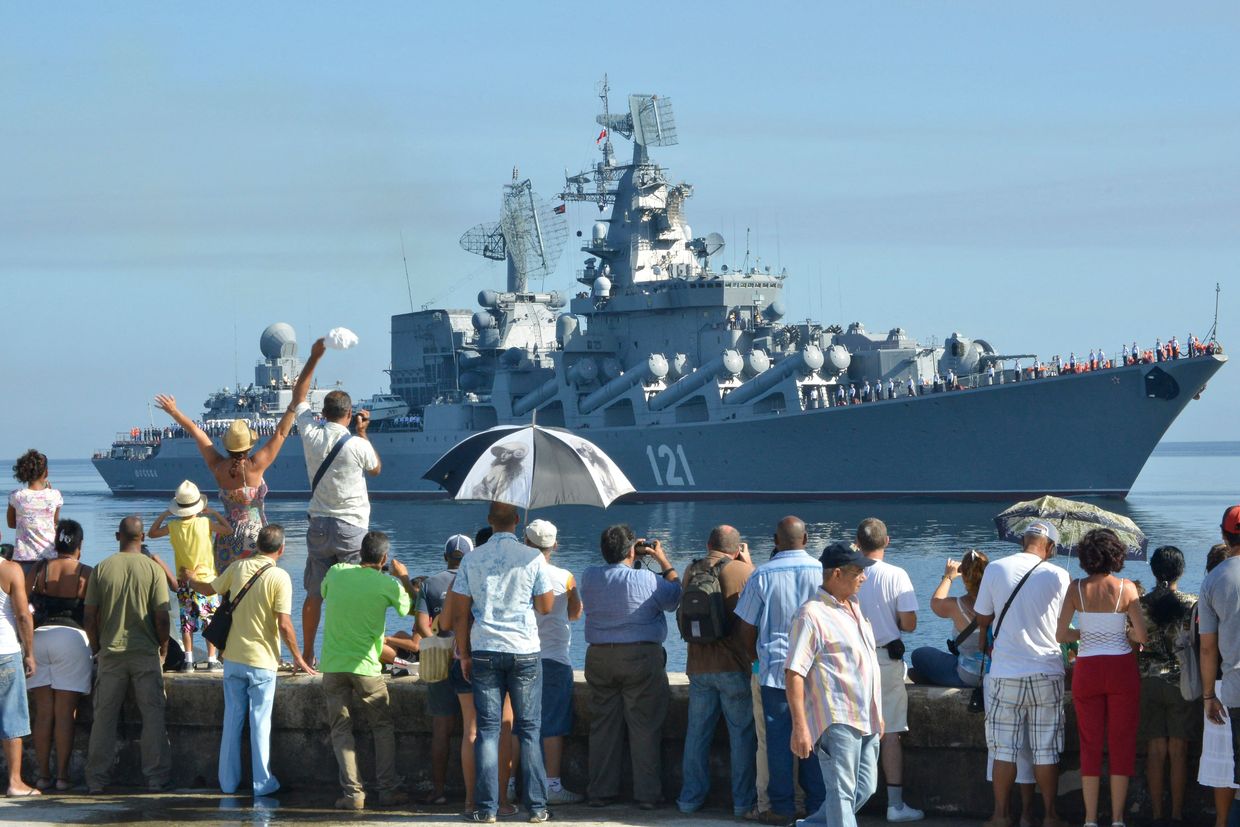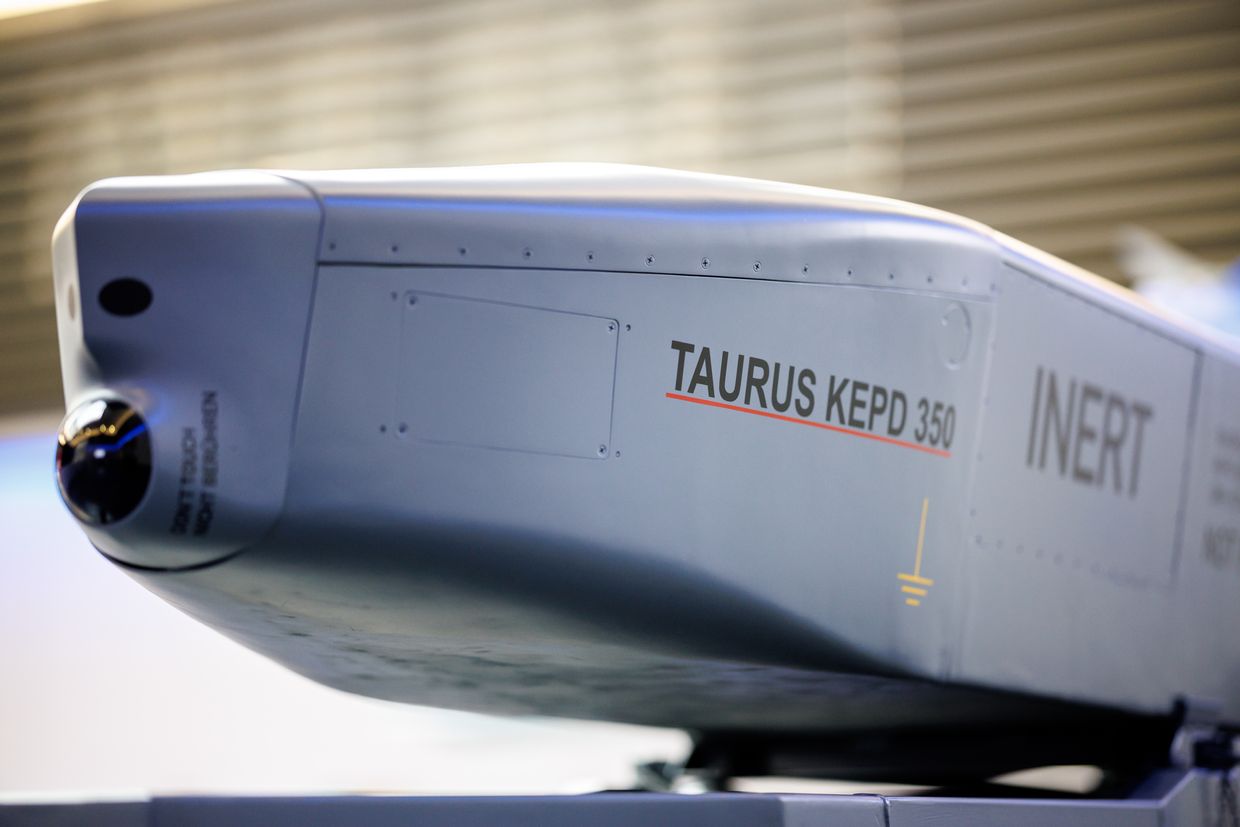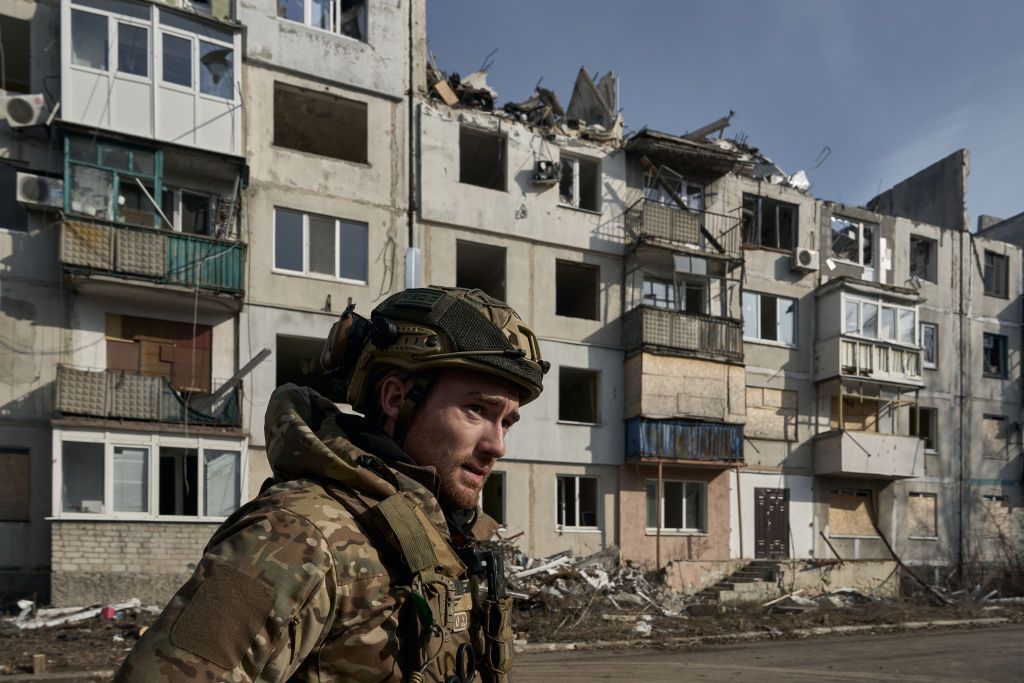NATO is creating a series of "land corridors" that would be used to rush U.S. troops across Europe to confront Russian forces in the event of a major conflict with Moscow, The Telegraph reported on June 4.
Warnings that the Kremlin could attack a NATO country in the near future have increased in urgency in recent months.
Eirik Kristoffersen, Norway's top general, said the military alliance only has two to three years to prepare, Bloomberg reported on June 3.
"At one point someone said it'll take 10 years (before Russia reconstitutes its offensive capacity), but I think we're back to less than 10 years because of the industrial base that is now running in Russia," Kristoffersen said.
At a NATO meeting in Vilnius last year, NATO leaders agreed to develop new plans to ensure the alliance could provide "300,000 troops at high readiness."
According to The Telegraph, U.S. troops and armor would land at one of five ports in the Netherlands, Greece, Italy, Turkey or Norway from where they would travel through land corridors to NATO countries bordering Ukraine.
These land corridors would be free of bureaucratic local restrictions which in the past have held up the movement of troops and armor, leaving them stuck at borders.
Previous NATO plans only allowed for U.S. troops to land at Rotterdam in the Netherlands, but Ukraine's experience of long-range missile attacks since the launch of the full-scale invasion has prompted a rethink.
Expanding the number of ports and having multiple land corridors would mean if one was hit, others would still be available to use.
"Everything is created in a way so the necessary resilience exists – robustness, reserves and also redundancies," Lt Gen Alexander Sollfrank, the chief of NATO’s Joint Support Enabling Command, told The Telegraph.
But concerns remain about NATO's air defense capabilities that would be needed to protect troops as they move across Europe.
More than two years into Russia's full-scale war on Ukraine, the air defense capabilities of NATO's eastern flank are only at 5% of the amount seen as necessary to deter an attack, the Financial Times (FT) reported on May 29, citing sources.
NATO members located in Central and Eastern Europe have publicized plans in recent weeks to improve their collective air defense in response to the Russian threat.
According to unnamed sources who spoke to the FT, the current air defense capabilities of NATO's eastern flank are far from sufficient.
Air defense is a "major part of the plan to defend eastern Europe from invasion," a NATO diplomat told the FT.
"And right now, we don't have that."
